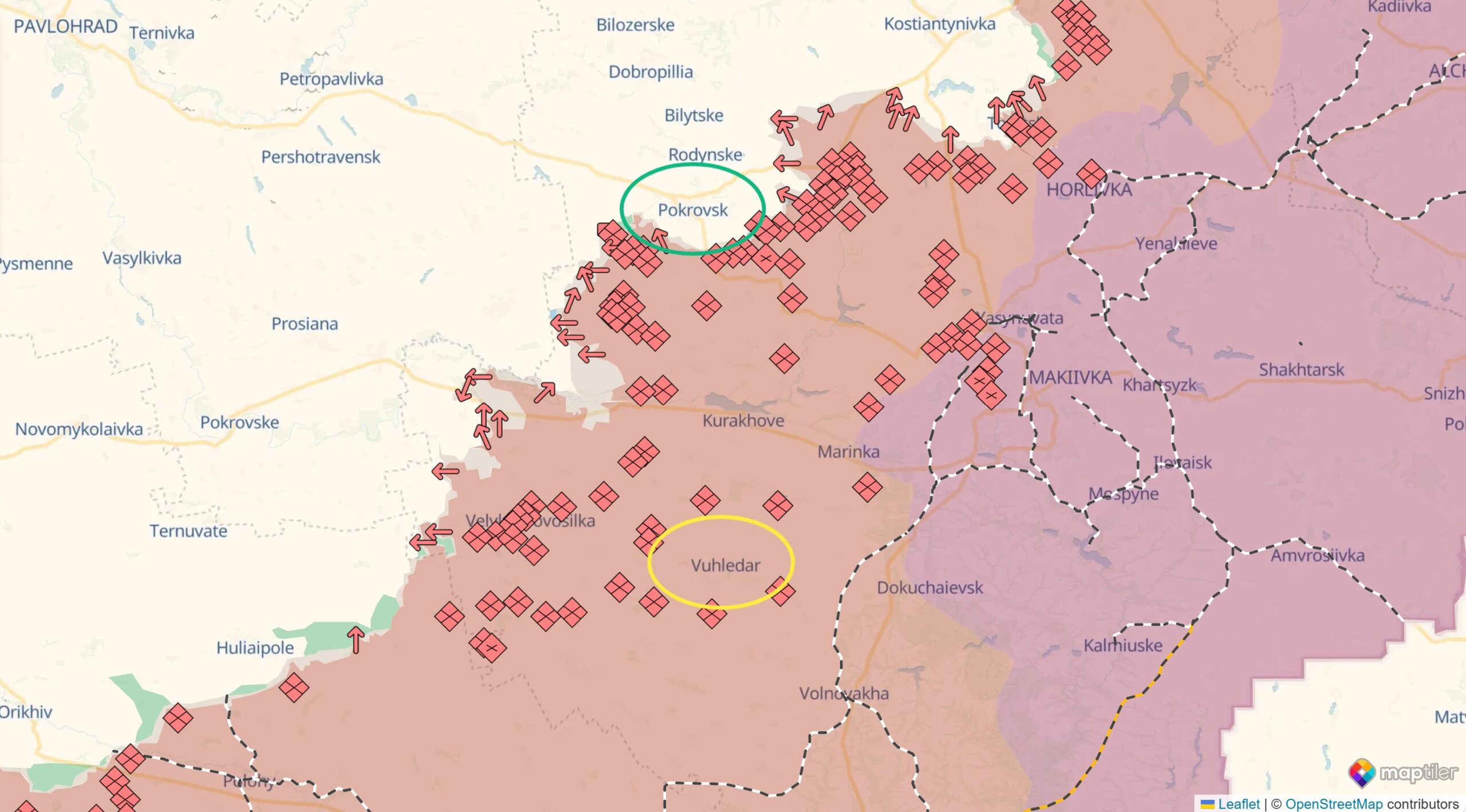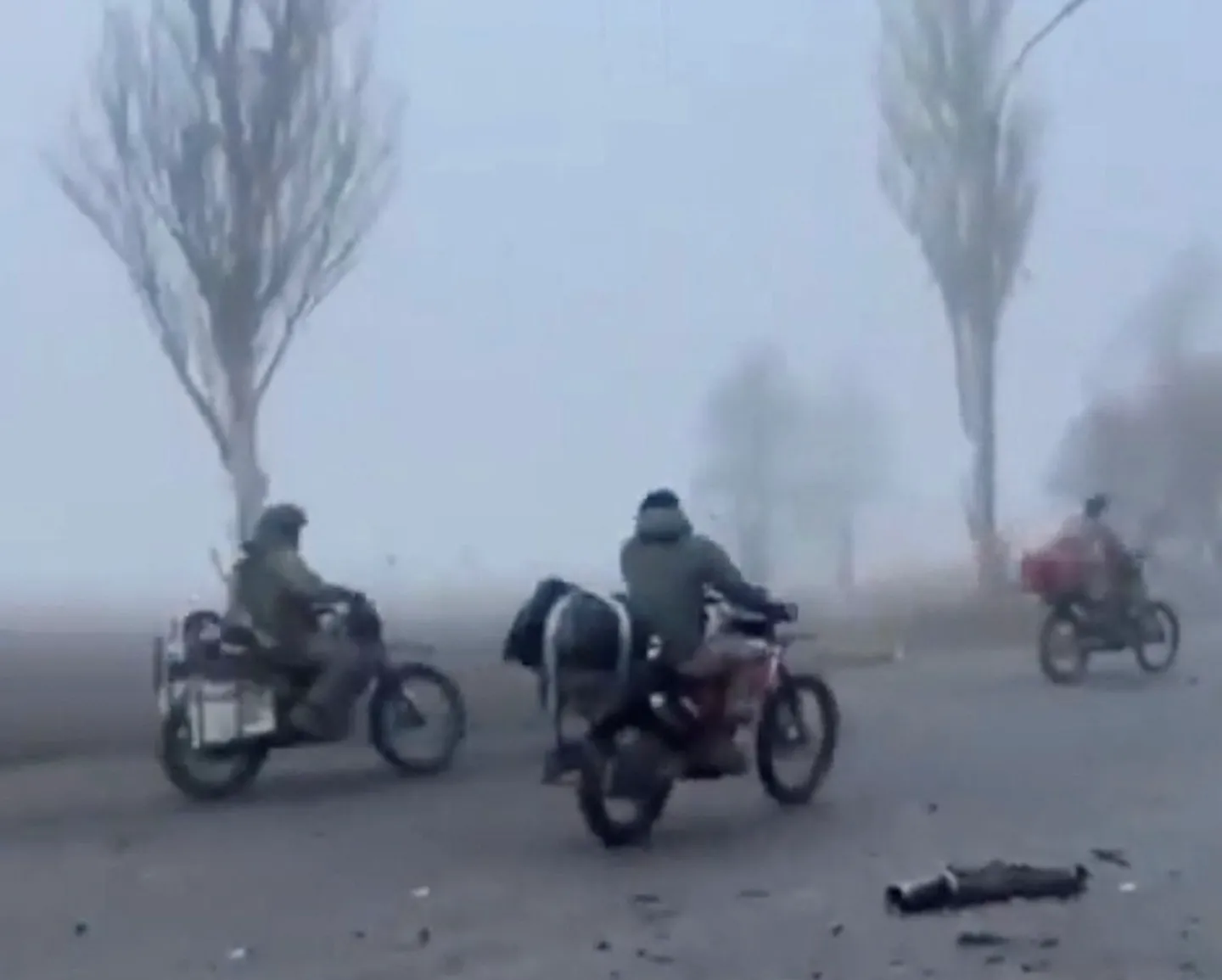A highly anticipated summit between US President Donald Trump and Russian President Vladimir Putin in Alaska ended Friday without any agreement to halt the war in Ukraine. This happened despite warm diplomatic gestures and repeated assurances of “progress”.
For more than two hours, the two leaders met at Joint Base Elmendorf-Richardson in Anchorage, joined by close advisers including US Secretary of State Marco Rubio and Russian Foreign Minister Sergey Lavrov. They later appeared together before reporters but declined to take questions.
“We had an extremely productive meeting and many points were agreed to, there are just a very few that are left,” Trump said. “We didn’t get there, but we have a very good chance of getting there”.
Putin made his first appearance in the United States in a decade and thanked Trump for the “friendly” talks. He then suggested their next encounter could take place in Moscow and added that the war in Ukraine “would not have happened” had Trump won the 2020 election, which echoes one of Trump’s own recurring claims.
Shifting positions in the US and a split Europe
In remarks afterward, Trump stated Ukraine should seek a deal directly with Russia. “Russia is a very big power, and they’re not,” he said, adding that he and Putin had agreed negotiators should aim directly for a peace settlement rather than a ceasefire. This is a notable departure from Ukraine’s stance and that of its European allies, who have long insisted on a truce as a prerequisite to peace talks.
The shift drew immediate attention in Kyiv. Ukrainian President Volodymyr Zelenskyy reaffirmed his willingness to meet both Trump and Putin, but reiterated that Ukraine must be part of any decision. “The path to peace in Ukraine cannot be decided without Ukraine,” he said.
European leaders reacted with caution and optimism.
British Prime Minister Keir Starmer complimented Trump’s “efforts” to bring the war closer to an end but also underlined that Zelenskyy must be at the center of the process. Hungarian Prime Minister Viktor Orbán, one of the Kremlin’s most sympathetic ears in Europe, hailed the Alaska meeting as a “turning point,” writing on social media that “the world is safer today than yesterday”.
But Danish Prime Minister Mette Frederiksen, whose country holds the rotating presidency of the EU, sounded disappointed with the lack of tangible results. “There was no ceasefire, and there was no agreement,” she said on Danish public television, pointing to fresh overnight Russian bombardments in Ukraine as proof that “Russia does not want peace.” She added: “When I woke up this morning, my first thought was that we must rearm even faster”.
Putin was greeted with a red carpet, military flyover, and even rode in Trump’s limousine from the tarmac but the summit produced no roadmap toward ending a war now stretching into its fourth year.
Trump had earlier floated the possibility of inviting Zelenskyy to Alaska for a three-way meeting if progress was made, but no such plans were announced. Instead, Trump abruptly ended the press conference after less than 15 minutes, and offered few details beyond assurances of “headway”.
For Putin, however, the optics alone made this meeting a diplomatic victory. After years of isolation from Western capitals, he was received with honors on US soil, which reinforces Russia’s message that it remains an indispensable global power. Russian officials celebrated online, with Foreign Ministry spokeswoman Maria Zakharova writing that “for three years, they talked about Russia’s isolation, and today they saw the red carpet being rolled out”.

On the Ground in Ukraine
Meanwhile, fighting continues unabated. Russia controls about 88% of the Donbas, including all of Luhansk and most of Donetsk, with Ukrainian forces holding only around 6,600 square kilometers in the region. Overnight shelling in multiple cities highlighted the gulf between diplomatic theater in Alaska and battlefield reality in eastern Ukraine.
As negotiations inch forward, the war’s trajectory still favors Moscow, whose larger forces have steadily worn down Ukrainian defenses. Whether Trump’s new approach — bypassing a ceasefire to push for direct peace talks — gains traction will depend on Ukraine’s willingness to engage and Europe’s resolve to maintain pressure on Russia.
For now, the Alaska summit showcased one reality: there can be red carpets and warm words, but the war in Ukraine grinds on. WaL
We Humbly Ask For Your Support—Follow the link here to see all the ways, monetary and non-monetary.
PICTURED ABOVE: Vladimir Putin and Donald Trump standing next to one another at the Alaska 2025 summit. PC: Sergei Bobylev ©Wikimedia


